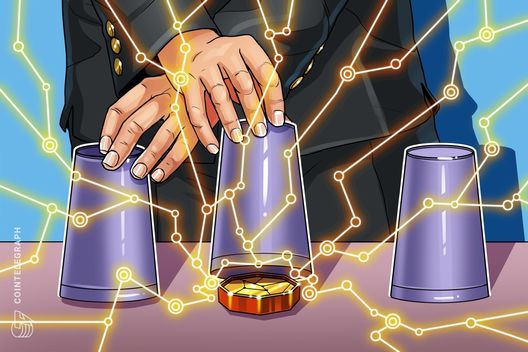

Crypto spoofing, a form of market manipulation, involves traders placing fake buy or sell orders with no intention of executing them. The goal is to create an illusion of demand or supply, tricking other investors into making decisions based on false signals. This can lead to price fluctuations from which the spoofer profits. Spoofing is illegal in many countries, yet it remains a challenge for regulators to detect and prevent.
How Spoofing Works
Spoofing operates by exploiting the emotions and sentiments that drive cryptocurrency prices. Traders create optimism or pessimism by placing large, fraudulent buy or sell orders. The steps typically involved are:
Recent Examples and Concerns
The digital currency market, valued at trillions of dollars, attracts both investors and malicious actors. Recently, Binance CEO Richard Teng warned users about the increasing prevalence of spoofing, where scammers use tactics like SMS to trick users into revealing sensitive information. In one instance, a Toronto man lost $100,000 after falling victim to a spoofed website scam, highlighting how quickly assets can be stolen.
Coinbase has also taken steps to combat spoofing. In 2024, they supported the dismantling of a global spoofing scheme led by Chirag Tomar, who had stolen over $20 million by impersonating Coinbase. Tomar used fake support emails and phishing links to deceive users into giving up sensitive information.
Other Manipulation Tactics
Besides spoofing, other tactics used to manipulate crypto markets include:
Challenges and Solutions
Market manipulation often involves advanced algorithms and bots, making it difficult to monitor and enforce regulations. To create a fairer trading environment, platforms like Binance should:
Protecting Yourself
The Future of Fair Trading
As the cryptocurrency market evolves, it is crucial to address market manipulation to ensure fair and transparent trading. By implementing advanced detection methods, enforcing strict penalties, and educating traders, platforms and regulators can work together to create a safer environment for all participants.